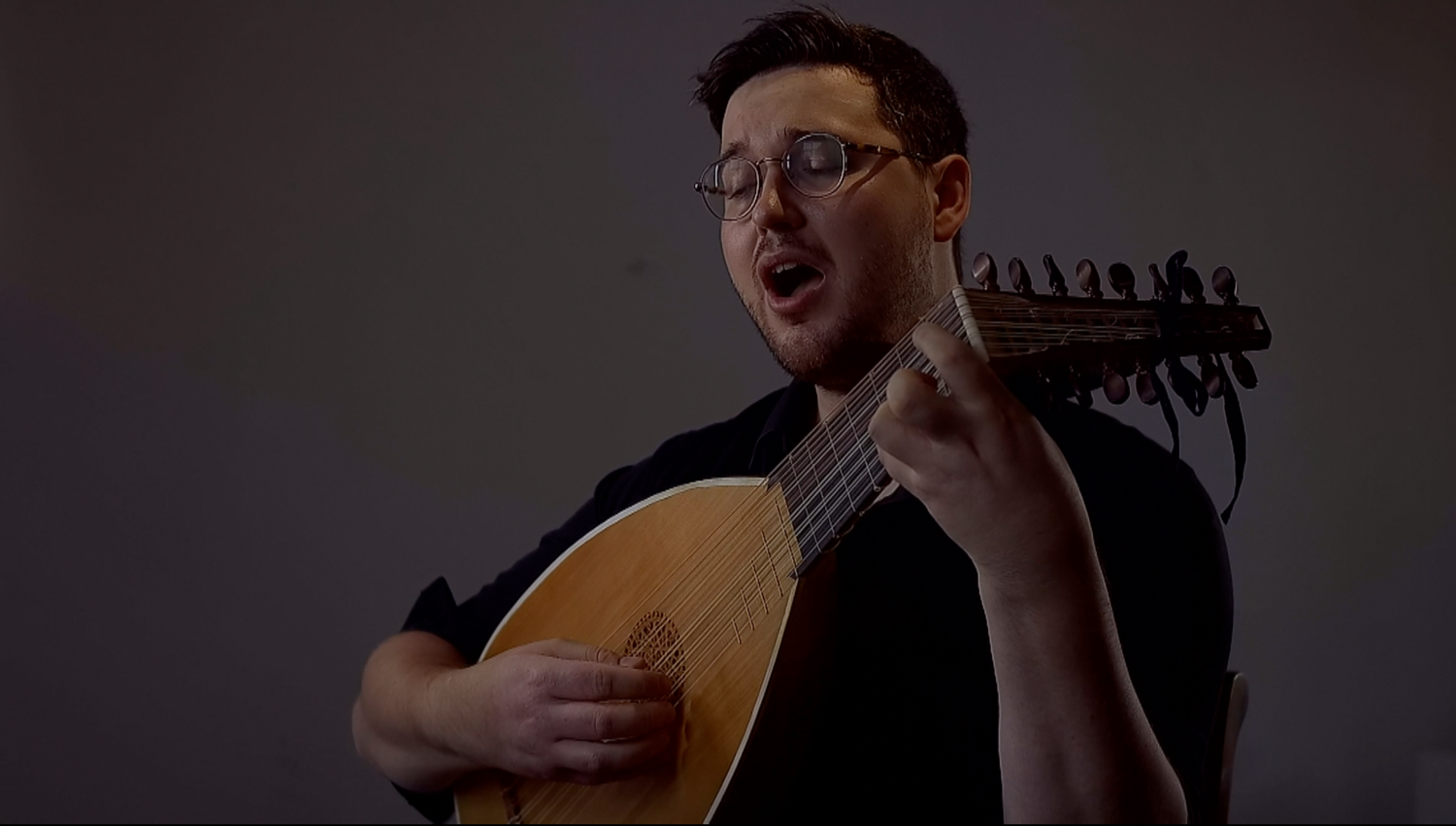Luisa Tetrazzini on the Use of the Gramophone in Learning to Sing:
- Tim Braithwaite

- Oct 11, 2021
- 3 min read
Before leaving the subject of practising I should like to add a word as to the value of the gramophone to the intelligent student. This is, indeed, a truly invaluable adjunct. If to hear the greatest singers is the finest of all experiences for the student, how can it indeed be otherwise? For here in the most convenient manner possible is the means provided for doing this.
In the earlier pages of this volume I have recorded what inestimable advantages I derived in my own case from the constant hearing of fine singing from my earliest childhood. Now, by means of the gramophone, the same advantage is at the command of every one wheresoever he, or she, may happen to reside.
In my younger days only those dwelling in the great capitals could hope to hear such artists as Patti, Tamagno, Caruso, Battistini, and so forth, and even those only if means permitted, which was not often in the case of poor students. To-day any one can enjoy this priceless privilege, wherever he may happen to reside, for a comparatively small outlay through the agency of the gramophone. And he can hear them not only now and again, but as often as ever he likes and by his own fireside. If he happens to be studying some particular rôle he can be “coached” in this most practical and unrivalled manner by all the greatest artists of the day. He can take a particular aria and hear it sung by Caruso again and again until he is familiar with every detail of his rendering—can note his breathing, his phrasing, and every other detail in a manner which would be quite impossible by any other means.
And having heard Caruso he can then hear the same number sung by various other great artists if he chooses, and benefit still more by comparing their respective readings—by noting how they resemble one another or how they differ, as the case may be, incidentally learning in the process how widely one interpretation may differ from another and still be of the highest order.
Not only this, but he can familiarise himself with entire operas in the same way, for certain of the companies issue complete albums of the best known works which are reproduced in their entirety—vocal parts, orchestra, and all in this marvellous manner. One would think, indeed, that the coming generation should provide us with fine singers in such plenty as the world has never known before with the aid of such priceless help. Whether it will be so or not remains to be seen. But certainly it may be said that never before have students been so wonderfully helped. I myself have pleasure in testifying that I have derived the greatest benefit as well as delight from the records of Patti, while Mr. John McCormack has similarly acknowledged his indebtedness to the wonderful renderings of Caruso.
And I hope in all modesty that students of the present generation may derive similar help in turn from the records which I myself have made. Beyond a doubt the gramophone should be the guide, philosopher, and friend—the most trusted and most competent aid and coadjutor—not only to every student, but also to every teacher of the present day.
—————-—————-—————-—————-—————-——————————
*Notes*
Luisa Tetrazzini, How to Sing (New York: George H. Doran Company, 1923).
The image below is three sketches of Luisa Tetrazzini made by Marguerite Martyn, published on the first of February 1910 in the St. Louis Post-Dispatch.





Comments